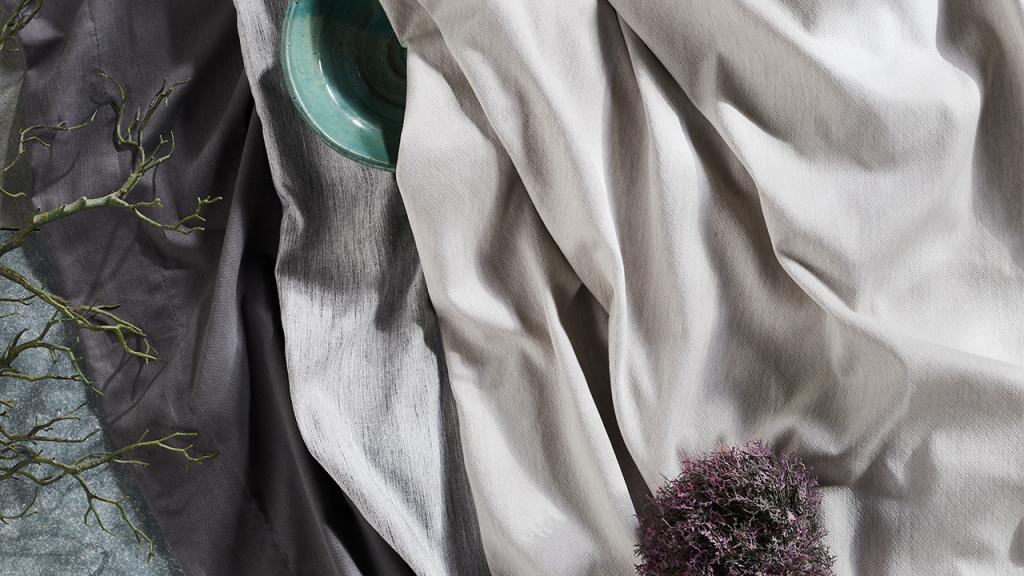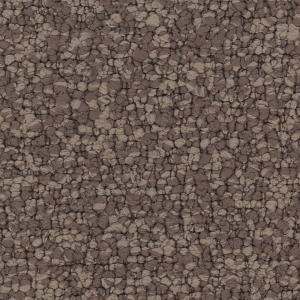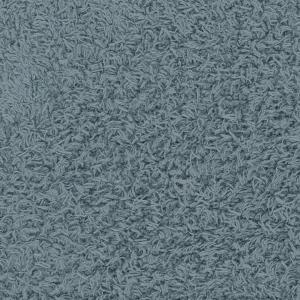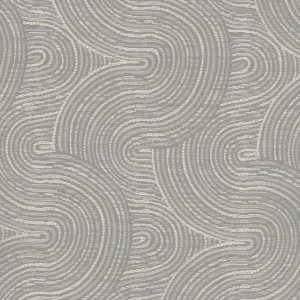The Art of Weaving: Exploring the Beauty of Textured Fabric
Have you ever wondered why some fabrics feel soft and luxurious, while others are scratchy and uncomfortable? It’s all in the science of textures. Different fabrics create unique sensations that can affect how we perceive clothing and even impact our mood. From the smoothness of silk to the roughness of burlap, each fabric has its own distinct texture that can evoke different emotions and reactions. Understanding the science behind textures can not only improve our overall comfort but also enhance our appreciation for the art of fashion. In this article, we will explore the fascinating world of fabric textures, examining how they are created and the impact they have on our senses. Get ready to discover the science behind some of your favorite fabrics and learn how to choose the perfect texture for your next clothing purchase.

Exploring Fabric Textures: Fabric textures are determined by various factors, including the type of fiber used, the weaving or knitting technique employed, and the finishing processes applied. Let’s delve into the different elements that contribute to the creation of fabric textures:
-
Fiber Types and their Influence: Natural fibers such as silk, cotton, and wool are known for their diverse textures. Silk, renowned for its smoothness, owes its luxurious feel to its fine, continuous fibers. On the other hand, cotton offers a comforting softness due to its short staple fibers. Wool, known for its warmth, possesses crimped fibers that contribute to its characteristic texture.
-
Weaving and Knitting Techniques: The way in which threads are woven or knitted together plays a significant role in determining the texture of the fabric. Satin weaves, for example, create a glossy and smooth texture, while twill weaves produce diagonal ridges. Knitted fabrics, like jersey or rib-knit, offer stretchiness and unique textures that adapt to the body.
-
Finishing Processes: Fabric finishes can further enhance or alter the texture of the material. Finishing techniques such as sanding, brushing, or shearing can create a softer and smoother feel. Conversely, treatments like napping or raising the fabric’s surface can add texture by creating raised fibers or a fuzzy effect.



Impact on the Senses:The textures of fabrics have a significant impact on our senses and can evoke different emotions and reactions. Here are some examples of how fabric textures can affect us:
-
Tactile Perception: The way a fabric feels against our skin can greatly influence our comfort and overall experience. Soft and smooth textures like silk or cashmere can evoke a sense of luxury and relaxation, while rougher textures like burlap or denim may convey durability and a casual feel.
-
Visual Appeal: Textures also contribute to the visual aesthetics of clothing. A fabric with intricate textures, such as lace or jacquard, can add depth and visual interest to a garment, making it visually appealing and unique.
-
Emotional Responses: Certain textures can elicit emotional responses. For example, cuddling up in a plush, velvety fabric may create a feeling of coziness and warmth. Alternatively, wearing a crisp, tailored fabric can instill a sense of professionalism and confidence.
Choosing the Perfect Texture:When selecting clothing, understanding fabric textures can help you make informed choices. Consider the following tips:
-
Purpose and Occasion: Think about the purpose and occasion for which the clothing will be worn. For formal events, smooth and lustrous textures may be more suitable, while casual occasions might call for softer or textured fabrics.
-
Personal Preferences: Pay attention to your personal preferences and comfort. Experiment with different textures to discover which ones you find most pleasing against your skin.
-
Seasonal Considerations: Take into account the seasonal requirements. Light and breathable textures, like
In conclusion, the science of textures in fabrics unveils the intricate relationship between touch, perception, and emotions. By understanding how different fibers, weaving techniques, and finishing processes contribute to fabric textures, we can make informed choices when selecting clothing. Embracing the science of textures enhances our appreciation for fashion and allows us to choose fabrics that not only look appealing but also feel comfortable and align with our personal preferences. So, explore the world of fabric textures and elevate your fashion experience with a newfound understanding of the sensations they create. See our plain and textures fabrics by ultra fabrics

